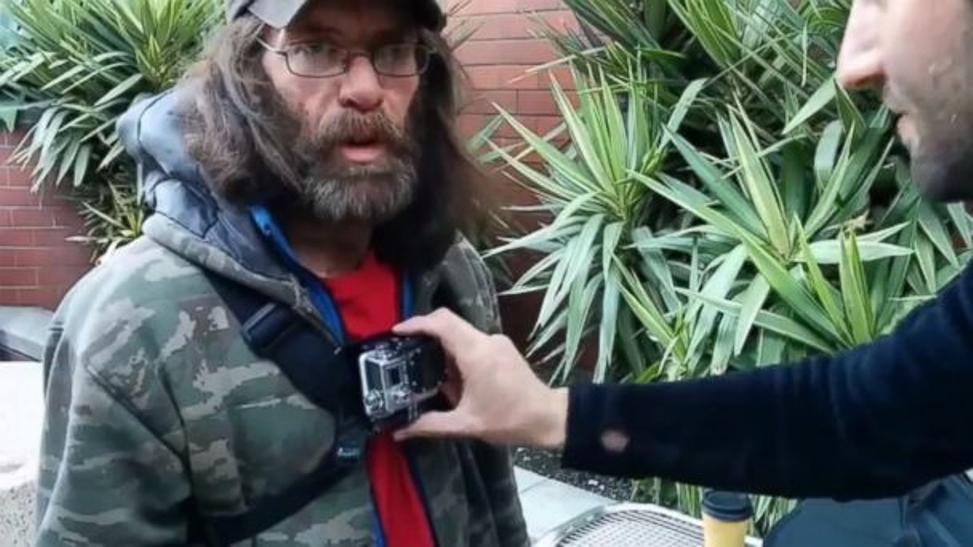Microcamera small enough to be injected also poses surveillance concerns
“German engineers have created a camera no bigger than a grain of salt that could change the future of health imaging — and clandestine surveillance.
Using 3D printing, researchers from the University of Stuttgart built a three-lens camera, and fit it onto the end of an optical fibre the width of two hairs. Such technology could be used as minimally-intrusive endoscopes for exploring inside the human body, the engineers reported in the journal Nature Photonics.
It could also be deployed in virtually invisible security monitors, or mini-robots with “autonomous vision”.
The “imaging system” fits comfortably inside a standard syringe needle, said the team, allowing for delivery into a human organ, or even the brain.
“Endoscopic applications will allow for non-invasive and non-destructive examination of small objects in the medical, as well as the industrial, sector,” they wrote.
The compound lens can also be printed onto image sensor other than optical fibres, such as those used in digital cameras.”

